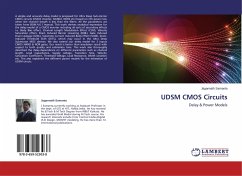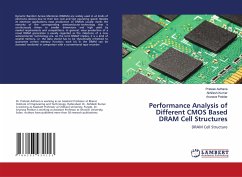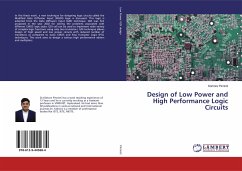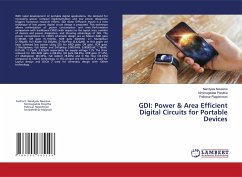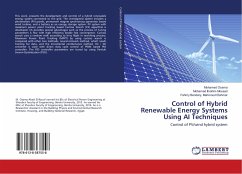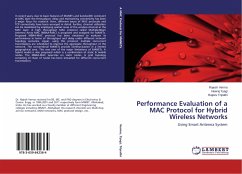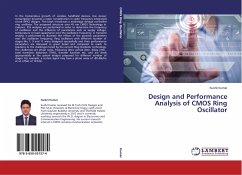
Energy-Performance Characterization of CMOS/MTJ Hybrid Circuits
Can Magnetic Tunnel Junction (MTJ) help CMOS technology become ultra-low power?
Versandkostenfrei!
Versandfertig in 6-10 Tagen
32,99 €
inkl. MwSt.

PAYBACK Punkte
16 °P sammeln!
The explosive growth of the semiconductor industry has been driven by the rapid scaling of CMOS technology. Yet, as scaling getting closer to the physical limit, the increasing device leakage and viability greatly deteriorate the energy efficiency and stability of CMOS circuits. In order to extend the scaling and alleviate the leakage problem, various emerging electrical switches have been suggested in the ITRS roadmap. However, CMOS technology will continue to advance and lead the semiconductor industry regardless. Thus, in short term, people will keep looking for new switches that are CMOS-c...
The explosive growth of the semiconductor industry has been driven by the rapid scaling of CMOS technology. Yet, as scaling getting closer to the physical limit, the increasing device leakage and viability greatly deteriorate the energy efficiency and stability of CMOS circuits. In order to extend the scaling and alleviate the leakage problem, various emerging electrical switches have been suggested in the ITRS roadmap. However, CMOS technology will continue to advance and lead the semiconductor industry regardless. Thus, in short term, people will keep looking for new switches that are CMOS-compatible and can supplement CMOS for ultra-low-power operations. Magnetic Tunnel Junction (MTJ) is a great candidate for these goals, as its non-volatility and CMOS-compatibility allows for realizing CMOS/MTJ hybrid circuits, where the operation states can be stored in MTJ cells in a distributed fashion and fine-grain power gating can be realized to eliminate the standby power. In this book, we discuss how such hybrid logic circuits can be realized. We also characterize their energy and performance improvements over conventional CMOS designs in both circuit and architecture level benchmarks.





